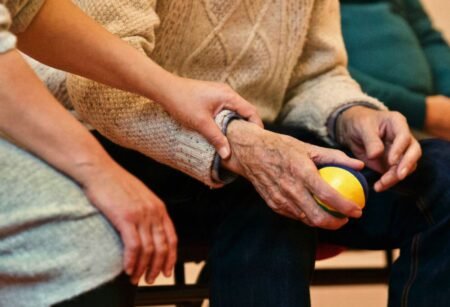Across the EU economy, women continue to earn an average of 15% less than men, according to the European Commission. A new report released today sets out ways the EU can bridge the gap which has barely changed over the past decade. The gender pay gap represents the difference between average hourly pay for women and men before tax across the economy as a whole. It reflects ongoing discrimination and inequality in the labour market which, in practice, mainly affects women.
Advertisement
The gender pay gap is not an indicator of the overall gender inequality. It measures only the earnings differences between men and women that are on paid employment on the labour market. Therefore, cross-country differences in gender pay gaps reflect labour market participation. Furthermore, different labour market conditions, different work patterns between women and men and the extent to which women and men can reconcile their work, private and family life also play a role.
Some examples illustrate these general patterns:
- In most of the countries in which the female employment rate is low (e.g. MT, IT, EL, PL), the pay gap is lower than average, which reflects the small proportion of low-skilled or unskilled women in the workforce;
- A high pay gap is usually characteristic of a labour market which is highly segregated (e.g. CY, EE, SK FI), meaning that women are more concentrated in a restricted number of sectors and/or professions;
- Countries in which a significant proportion of women work part-time (e.g. DE, UK, NL, AT, SE) tend to have relative high gender pay gap.
Women represent in the EU 59% of all tertiary graduates but they still do not reach the best positions in the economy for several reasons:
- The glass ceiling that hinders women from reaching the highest positions even when they have the capabilities to do so;
- Field of study: women represent the majority of the graduates but not in the most valued fields of study as technology, mathematics, engineering or science;
- Work/life issues: women still take the burden on private and family responsibilities;
- Occupational segregation: women are confined in a restricted number of sectors and professions: nearly four women in ten works in the civil service, education, health or social work, and nearly half are clerical workers, sales persons, or low-skilled workers.
The sector in which the gender pay gap is widest is in financial services. This can be explained by the fact that this sector displays a very large wage structure between the highest and the lowest salaries, the gender segregation in occupations and the glass ceiling that hinders women from reaching decision-making positions. Other sectors in which the gender pay gap is high are manufacturing and business services.
The gender pay gap is narrower in the public sector (due to the fact that public sector employment typically has a more compressed wage structure and that it accounts for a higher share of female skilled and professional workers). The construction sector also displays a relatively low (even negative in some countries) gender pay gap due to the differences in the composition of the work force (women tend to be administrative employees whereas men work in the field).
The factors that explain the gender pay gap, in particular part-time working, career patterns and types of occupationand employment contribute not only to keeping women’s incomelower than men’s during their working life, but also to a reducedentitlement to benefits from occupational pension schemes afterretirement. Women with the lowest pensions benefits are at a high risk of poverty. In 2003, the at-risk-of-poverty rate (after social transfers) was in the EU 5 percentage points higher for older women (20%) than for older men (15%).
Equal pay for equal work is one of the European Unions founding principles. Enshrined in the Treaty of Rome in 1957, it was the subject of the Communitys very first legal provision in the field of equal treatment for women and men. A 1975 directive broadened the legal framework, prohibiting all discrimination on the grounds of gender for the same work or for work of equal value in respect of all aspects of pay.
In March 2006, the Commission adopted a Roadmap for equality between women and men 2006-2010. One of its key actions is to analyse the causes of the gender pay gap and identify ways of tackling it.
2007 is the European Year of Equal Opportunities for All. It aims to make people in the European Union more aware of their rights to equal treatment and to launch a major debate on the benefits of diversity. The pay gap will also feature as one of the main themes for the Commission’s activities on next year’s International Women’s Day on March 8th 2008.







